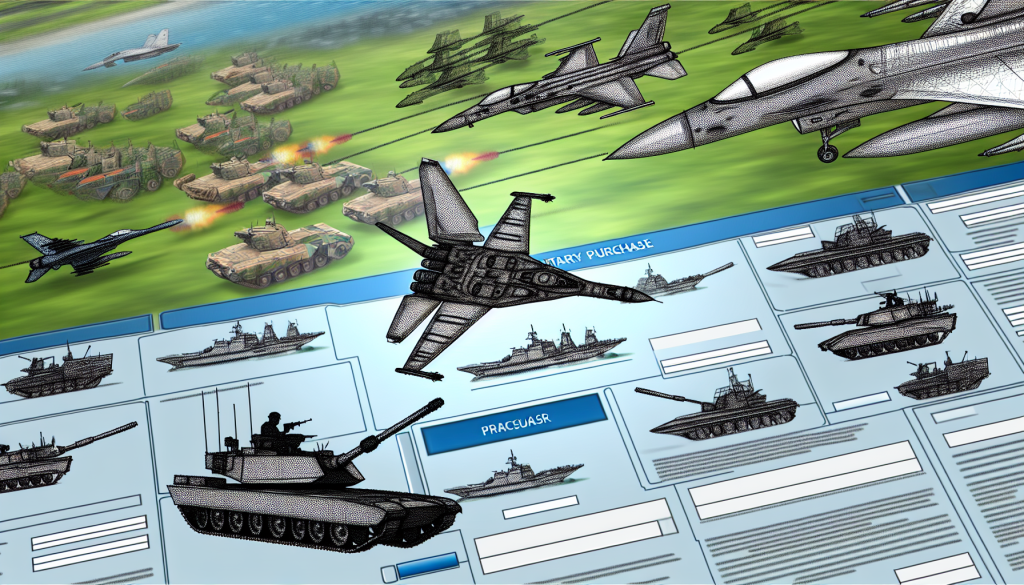Defence Acquisition Council Approves ₹79,000 Crore Military Hardware Purchase
On October 23, the Defence Acquisition Council (DAC) held an important meeting chaired by Defence Minister Rajnath Singh, leading to the green light for several significant proposals from the Army, Navy, and Air Force. The total approved spending amounts to a substantial ₹79,000 crore, reflecting India’s commitment to bolstering its defense capabilities in an increasingly complex geopolitical landscape.
Army Enhancements: Tracking and Mobility
Among the highlighted proposals for the Indian Army is the Nag Missile System (Tracked) Mk-II (NAMIS). This advanced system is designed to target enemy combat vehicles and fortifications, significantly enhancing the Army’s ground attack capabilities. The NAMIS is anticipated to provide better operational effectiveness during combat scenarios, ensuring that enemy positions can be neutralized with precision.
In addition to the NAMIS, the Army will also procure the Ground-Based Mobile ELINT System (GBMES). This system serves a critical role by offering continuous electronic intelligence monitoring of enemy emitters. Such intelligence capabilities are vital for strategic planning and operational readiness, enabling the Indian Army to keep a watchful eye on potential threats.
Moreover, the acquisition of High Mobility Vehicles (HMVs) equipped with Material Handling Cranes will elevate logistical support across varied terrains. These vehicles are designed to operate efficiently in diverse geographical conditions, thereby improving the Army’s ability to transport troop supplies and equipment swiftly.
Navy Advancements: Amphibious and Naval Operations
The Indian Navy will also see considerable enhancements with the Approved of Necessity (AoN) for several assets vital for modern naval warfare. Among these is the procurement of Landing Platform Docks (LPD), which are crucial for conducting amphibious operations. The ability to launch and recover troops and equipment from the sea enhances joint operations capabilities, especially during humanitarian assistance and disaster relief missions.
Additionally, the Navy is set to acquire a range of sophisticated armaments including 30mm Naval Surface Guns (NSG), Advanced Light-Weight Torpedoes (ALWT), and an Electro-Optical Infra-Red Search and Track System. The ALWT, developed indigenously by the Defence Research and Development Organisation’s (DRDO) Naval Science and Technology Laboratory, represents an important step towards self-reliance in defense technology. These torpedoes are designed to target various submarine classes, thus improving the Navy’s maritime strike capabilities.
The integrated systems provided by these procurements aim not only to strengthen military operations but also to enhance capabilities for peacekeeping missions and interceptor roles conducted by the Indian Coast Guard.
Air Force: Targeting Precision
For the Indian Air Force, the DAC approved the Collaborative Long Range Target Saturation/Destruction System (CLRTS/DS) among other proposals. This advanced system is developed with autonomous capabilities, enabling it to take off, land, and navigate while detecting and delivering payloads effectively within designated mission areas. Such technology is essential for modern warfare where precision in targeting and operational autonomy can be a decisive factor in combat effectiveness.
Conclusion
The strategic acquisitions from this DAC meeting underscore the Indian government’s resolve to enhance its military capabilities across the board. By systematically upgrading its ground, naval, and aerial forces, India aims to fortify its defense posture amid rising challenges in the region. This comprehensive modernization strategy not only reflects an investment in national security but also emphasizes the importance of indigenous development in military technology.
As the schemes unfold, the Indian forces can expect to achieve better operational readiness, significantly enhancing their defensive and offensive capabilities in the years to come.

